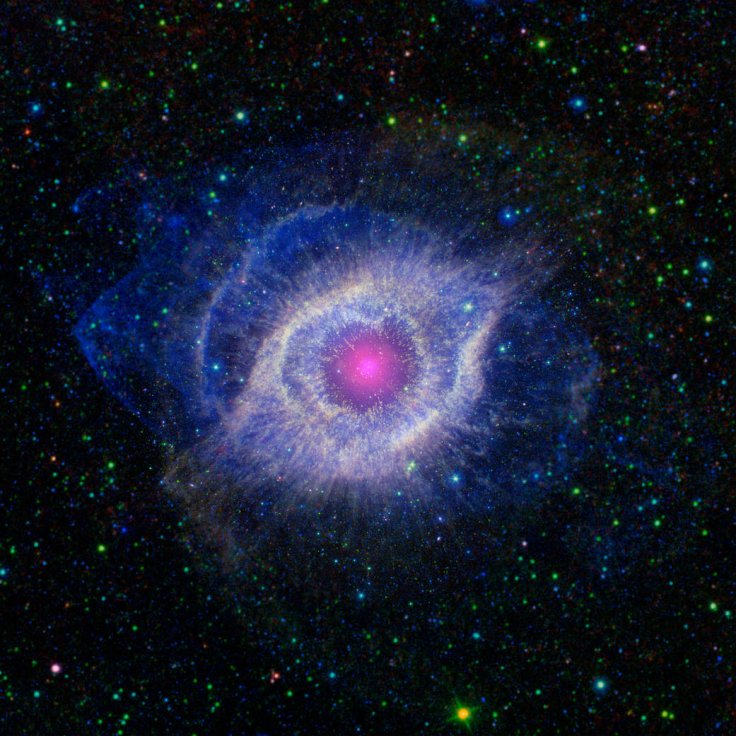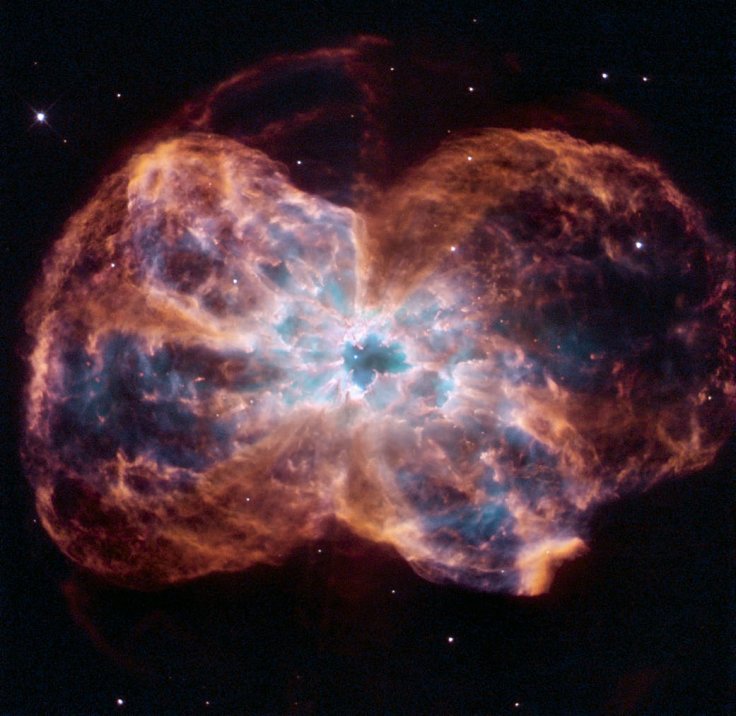Scientists were able to identify the reason why the brightness of the massive star Betelgeuse has been fluctuating over the past couple of years. According to the scientists, the red supergiant star's recent activity does not mean that it's ready to go supernova soon.
Betelgeuse is situated nearly 700 light-years from Earth and can be found on the Orion constellation. It can be easily spotted from Earth since it is one of the brightest stars in the sky.
Betelgeuse's Current Age And Status

The red supergiant gained the attention of the public in the past couple of years after scientists reported that its brightness has started to fluctuate. From 2019 to 2020, the star's brightness dimmed significantly. The change in its appearance was enough to be spotted by the human eye.
The star's mysterious dimming was initially attributed to Betelgeuse's impending doom. As noted by scientists, the star is already about eight to 8.5 million years old, which means it has already reached the final stages of its lifespan.

Betelgeuse's Supernova Event
Based on observations, the star already ran out of its main fuel source, which was hydrogen. Currently, the star is fusing helium into carbon and oxygen. Once the star completely runs out of energy, it will most likely collapse and trigger a powerful explosion.
As indicated in previous reports, the star's dimming could be a sign of the star's fluctuating temperature, which could mean that it's getting ready to explode. Given its distance from Earth, the planet will most likely witness Betelgeuse's supernova. Scientists predict that star's explosion will be so bright that it will turn night into day on Earth.
Why Betelgeuse Was Dimming
Although the star is still on its way to creating a powerful supernova, this most likely won't happen anytime soon. Through recent observations, scientists were able to conclude that the star's dimming brightness had nothing to do with its current status. It also did not mean that the star was getting ready to explode. Instead, the scientists learned that Betelgeuse simply started shedding material from its surface, which is a natural stellar phenomenon. As noted by the scientists, the discarded material turned into a cloud of dust around the star and obscured its brightness.
"We see this all the time in red supergiants, and it's a normal part of their life cycle," lead scientist Emily Levesque of the University of Washington said in a press release. "Red supergiants will occasionally shed material from their surfaces, which will condense around the star as dust. As it cools and dissipates, the dust grains will absorb some of the light heading toward us and block our view."









